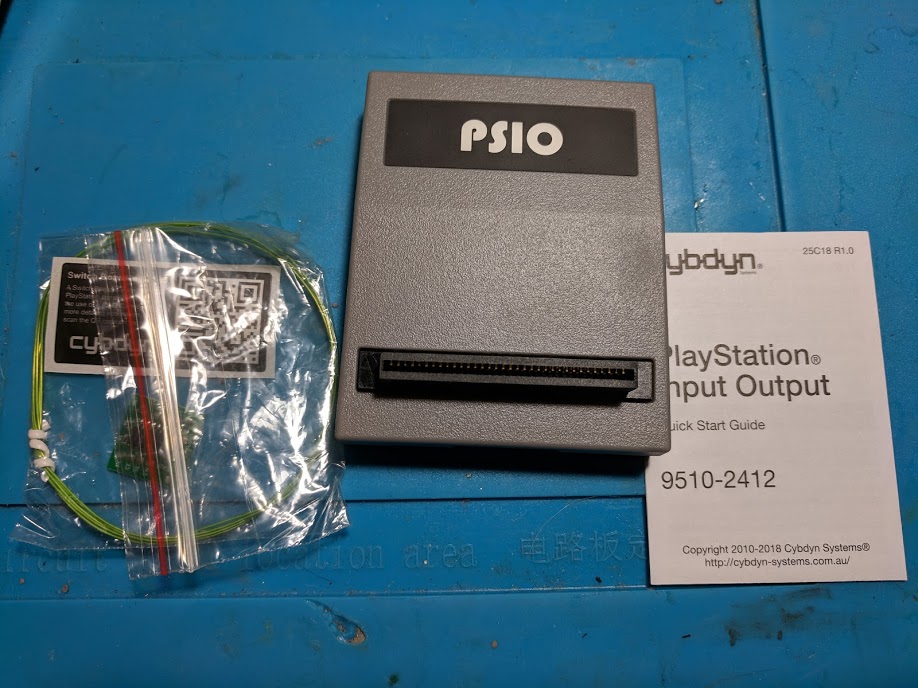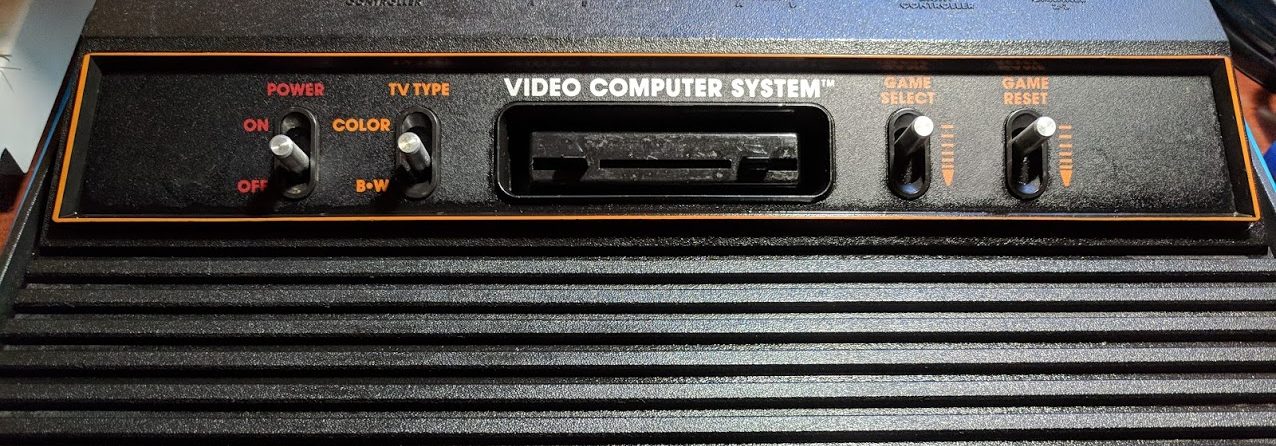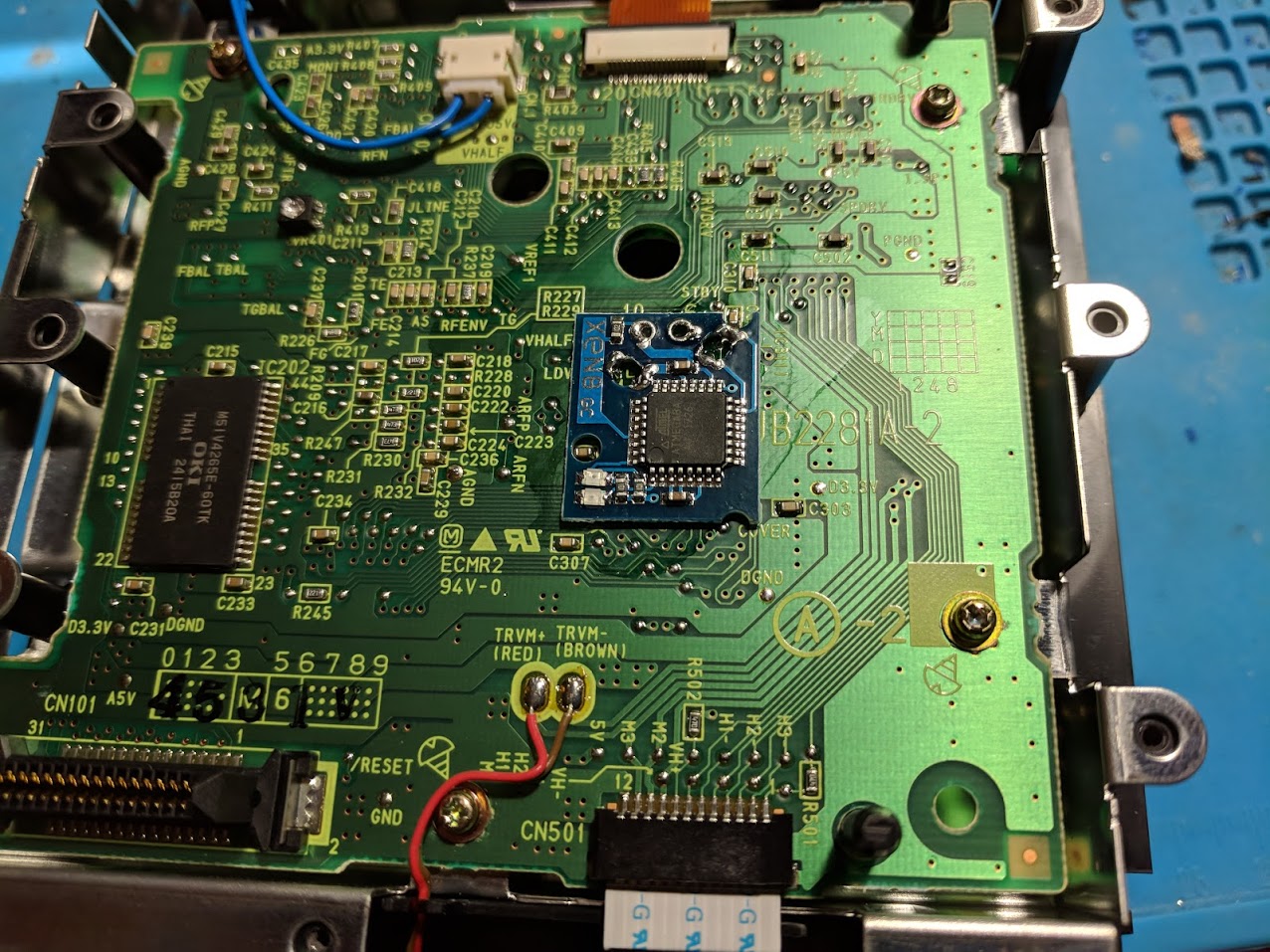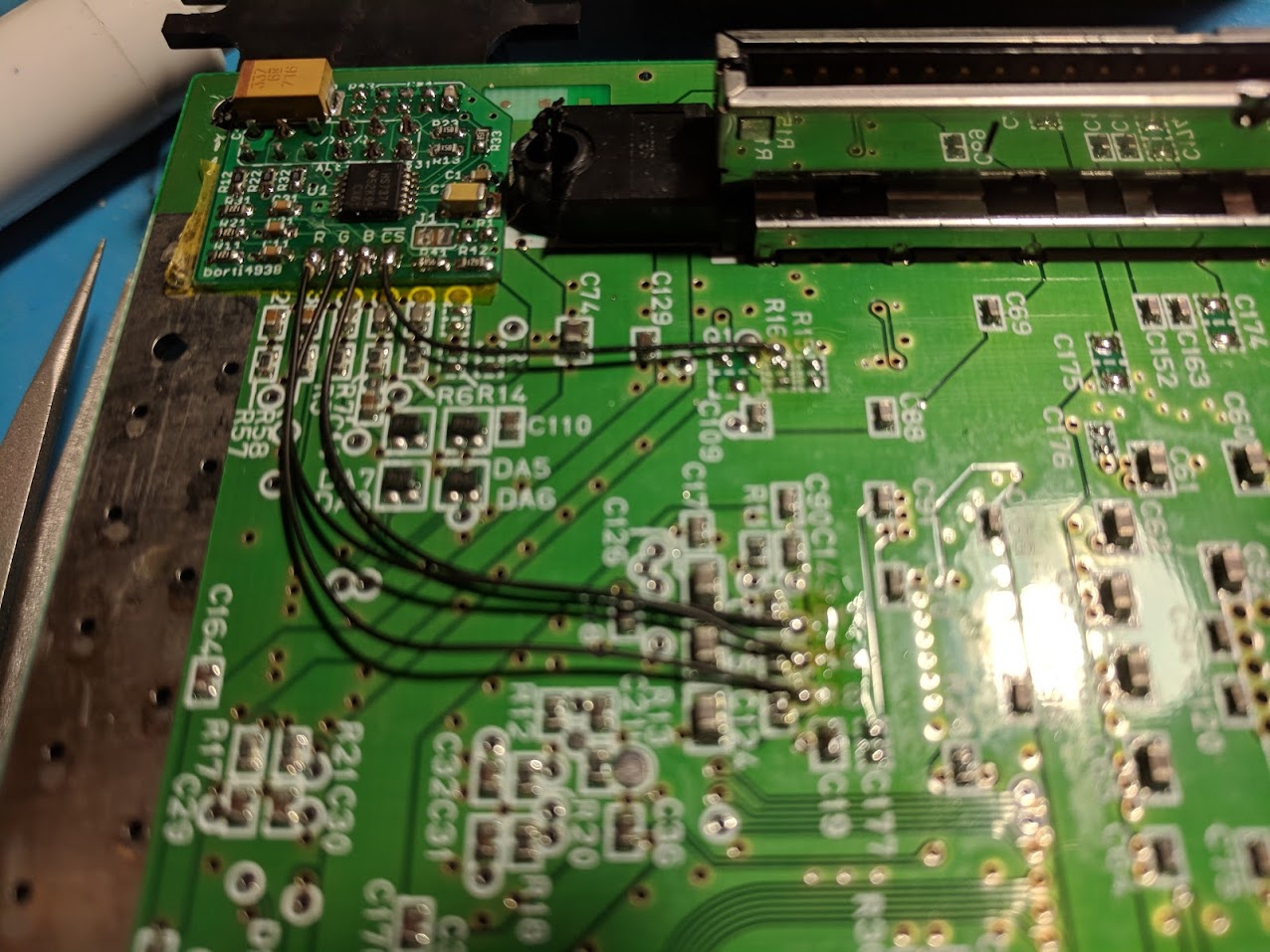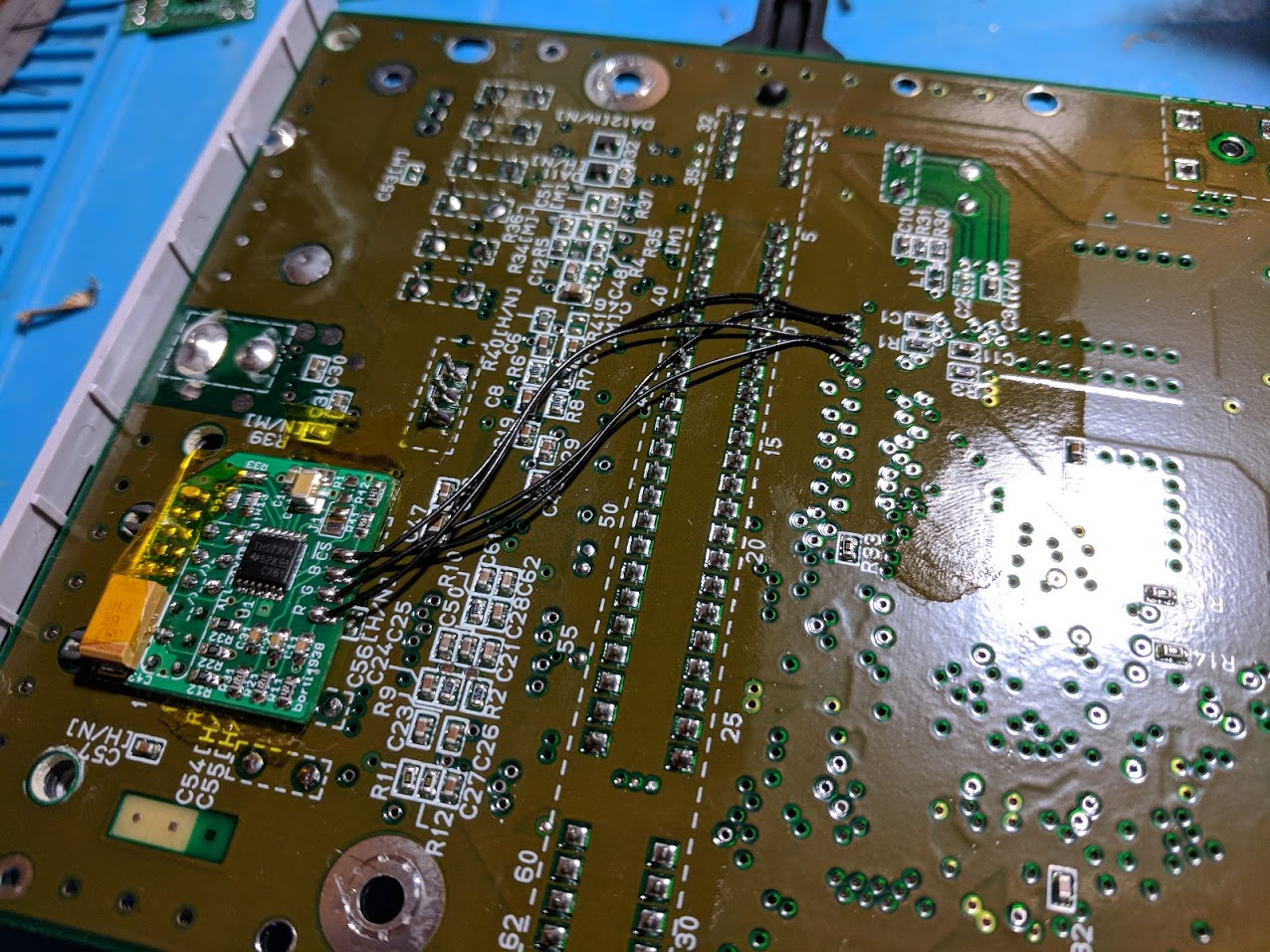PSIO review and switch board installation – PS1 flashcart
I’ve been following the PSIO for some time now, but didn’t have quite enough interest to purchase one myself. At the moment they cost $149 Australian dollars. After you make the order it may take several months or more to be shipped.
Earlier this month I was contacted by a customer asking if I could install a PSIO switch board into their system. Because of that, I had the opportunity to install a PSIO switch board, and test out the flashcart itself. This post is a brief review of my experiences with the PSIO after a few hours of use.
